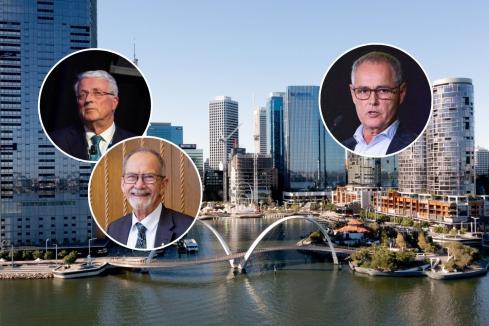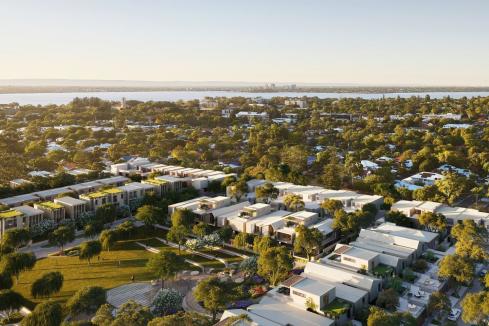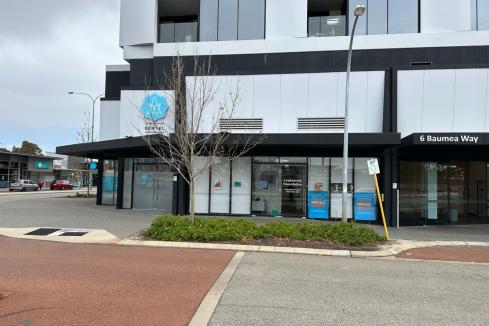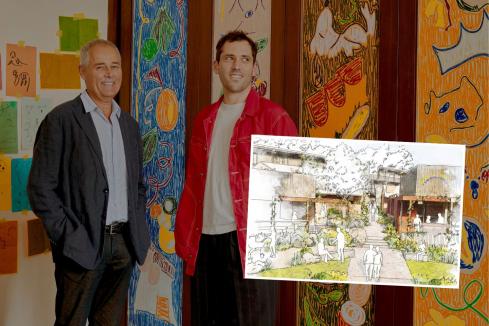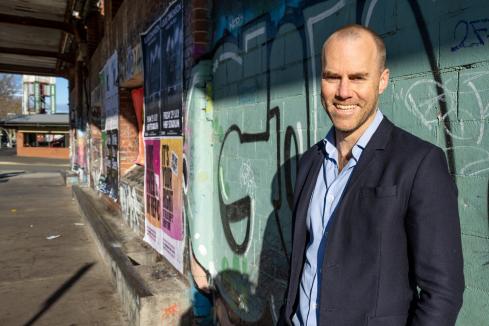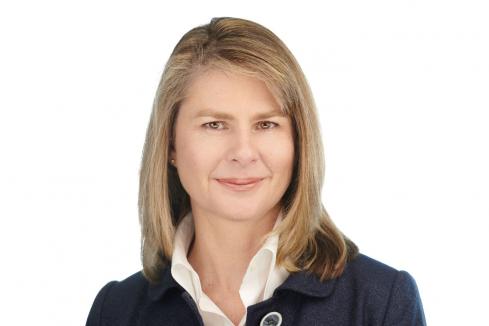Years of experience qualify St John Hammond as a brewery success story. Russell Quinn reports.


IT’S not uncommon for long-time players in the hospitality game to have what could only be described as an eclectic CV.
Hospitality veteran St John Hammond’s vast array of business dealings puts him squarely in this category, although the self-described “jack-of-all trades, master of none” is perhaps a touch modest when describing his skills.
Amid acquiring, redeveloping and operating a collection of popular pubs and nightclubs with his syndicate partners (including The Claremont, Niche, Hip-E Club and The Rosemount), Mr Hammond owns a turf farm, exports fresh food overseas and even designs “floating breweries” for international clients.
But Mr Hammond, who started his hospitality career in the kitchen but never became a qualified chef, believes his penchant for brewing beer remains his greatest motivator.
“Making beer: you’re already fulfilling dreams there,” he says. “As an Aussie-blooded man, brewing your own beer is fantastic.”
After five years managing consistent growth at his Indian Ocean Brewing Company, Mr Hammond and his partners (Adrian Fini, Barry Jones, David Mack and John Sainken) plan to relaunch and reposition the Mindarie micro-brewery later this year to cater for a wider clientele.
Mr Hammond believes the relaunch is necessary to remove the exclusive tag the “Indi”, as it’s affectionately called by locals, was labelled with during its first half-decade of operations.
He explains that, in 2005, the syndicate was mindful of diluting the existing pool of clients patronising the original pub at the Mindarie Marina Complex (which is still owned and operated by the syndicate) called The Boat, located alongside the Indi.
As a result, he says they made the conscious decision to make Indi a childfree environment with a clear focus on the quality of food and beverage, as well as ensuring a particular style of service was maintained in order to differentiate it from The Boat.
However, Mr Hammond says this has worked too well with most patrons regarding the Indi as a “special place” rather than a venue to visit on a daily or even weekly basis.
“My group has been doing this for a very long time and we’ve been lucky enough not to have too many false starts or failures, so we tend to think we know what we’re doing,” he says.
“One thing we didn’t quite get right was that relationship between the brewery and the venue.
“By September we hope to have a bit of a relaunch and make the relationship between the brewery and customers much more user-friendly and accessible.”
The Indi will lower price points, remove the child ban and physically move the microbrewery a few feet closer to patrons, plus make some minor work in the kitchen, at a cost of $250,000.
Marginal changes when it’s considered the original fit-out cost was $3.5 million, plus a further $1 million for the brewery, which Mr Hammond designed himself.
Mr Hammond is adamant the success of the multi-million dollar business is its ability to sell Indi handcrafted brews through the syndicates’ network of pubs and clubs, compared with other micro-brewers that lack their own distribution channels and have to find their own way to market.
Indi’s original brewery design was so popular with a member of the Shangri-La luxury hotel group in China (who also owns a holiday house in Mindarie) that Mr Hammond’s Flying Foam brewery consulting business is finalising the design of his ‘floating brewery’, a glass-walled brewery and bar that will feature in the Shangri-La group’s $750 million hotel in Shanghai.




